

.jpg)
Creating a realistic budget for outsourced game development can feel like navigating a complex maze. With fluctuating costs, varying team sizes, and unexpected challenges, many studios struggle to maintain financial control while delivering quality games. This comprehensive guide will walk you through establishing a practical monthly budget framework, calculating team bandwidth efficiently, and implementing strategies to mitigate common risks in outsourced game development projects.
.jpg)
Effective budget planning requires collaboration between in-house and outsourced teams
Before diving into the specifics of budget allocation, it's crucial to understand what makes outsourced game development budgeting unique. Unlike in-house development, outsourcing introduces variables like time zone differences, communication overhead, and varying regional rates that directly impact your financial planning.
Your budget should account for all aspects of the development process, from initial concept work to post-launch support. The primary components include:
Pro Tip: When budgeting for outsourced game development, always include a dedicated line item for "integration costs" – the time and resources needed to incorporate outsourced work into your main project. This often-overlooked expense typically adds 10-15% to your outsourcing budget.
Creating an effective budget requires a systematic approach that accounts for the unique challenges of working with external teams. Follow these steps to develop a comprehensive budget framework:
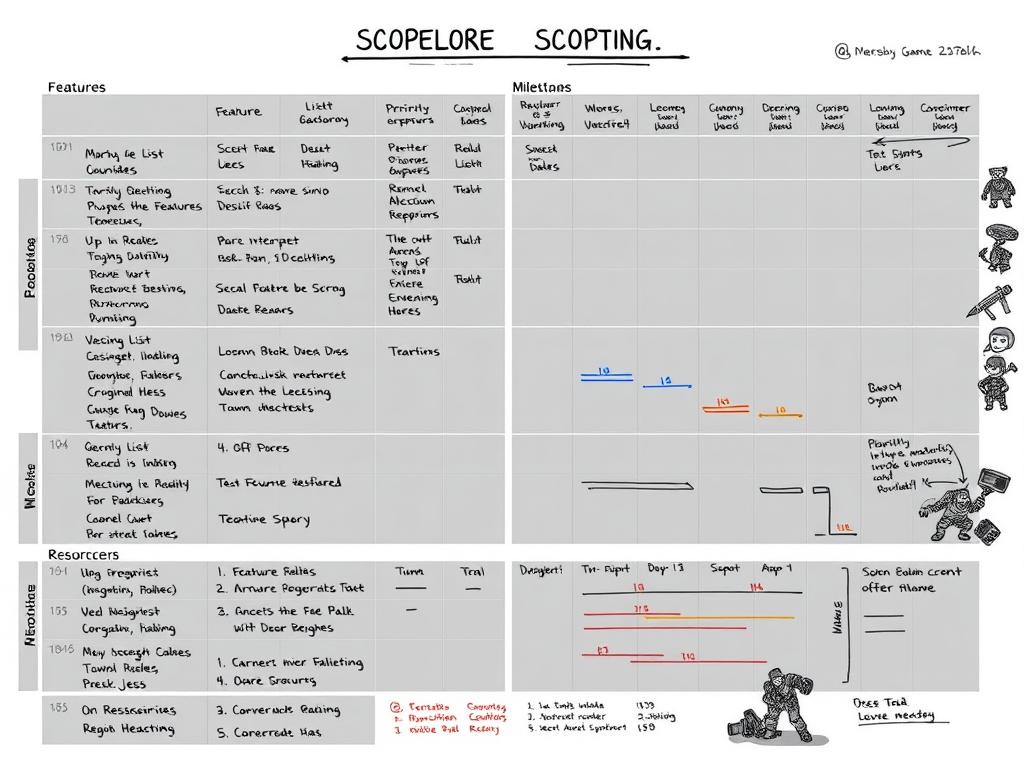
Begin by clearly defining what aspects of your game will be outsourced. Create a detailed breakdown of features, assets, and systems that external teams will develop. The more specific you are at this stage, the more accurate your budget will be.
"The single biggest cause of budget overruns in outsourced game development is poorly defined scope. Spend the extra time upfront to create detailed specifications – it will save you both money and headaches later."
- Alexander Sliwinski, COO of Bithell Games
Development costs vary significantly based on geographic location. Understanding these differences is essential for budget optimization.
Best for: Well-defined projects with clear scope
Pros: Predictable costs, reduced financial risk
Cons: Less flexibility, potential quality compromises
Best for: Projects with evolving requirements
Pros: Maximum flexibility, pay for actual work
Cons: Less predictable costs, requires oversight
Best for: Iterative development with regular milestones
Pros: Adaptable to changes, better quality control
Cons: Requires active management, potential for scope creep
Break down your total budget into monthly allocations that align with your development timeline and milestone schedule. This approach provides better visibility into cash flow requirements and helps identify potential resource constraints.
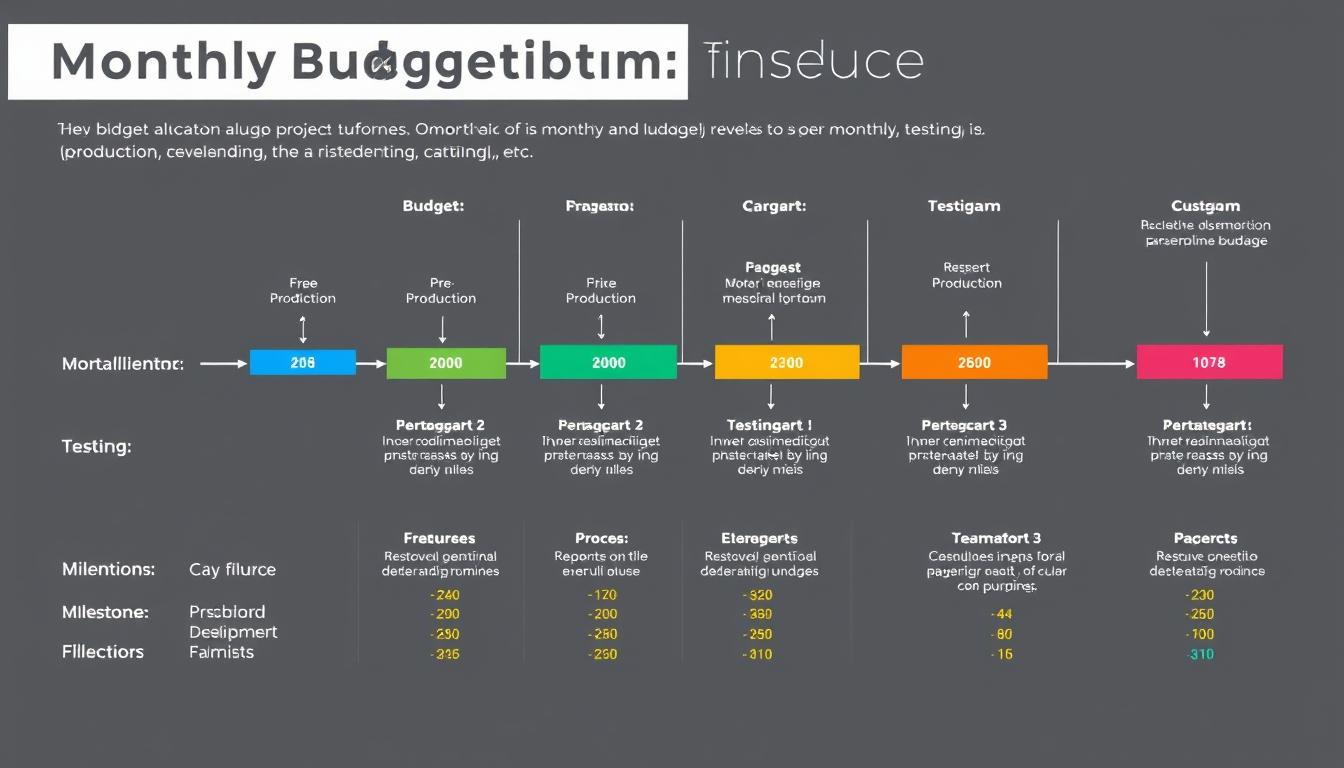
Accurately estimating team bandwidth is crucial for realistic scheduling and budget allocation. Unlike in-house teams, outsourced resources often work on multiple projects simultaneously, making bandwidth calculation more complex.
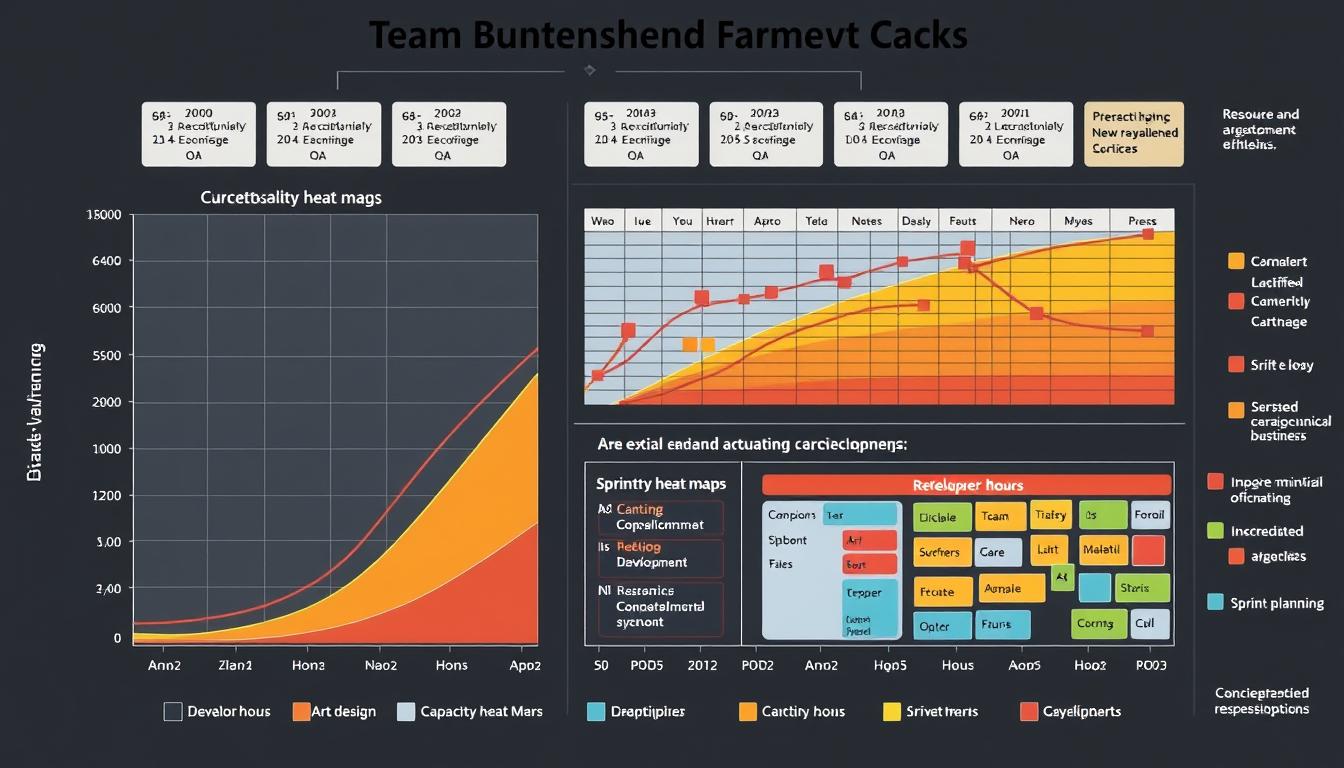
Developer-hour allocation charts help visualize how outsourced team members distribute their time across different tasks and features. This approach is particularly useful for time and materials contracts where you're paying for actual hours worked.
Note on Efficiency Factor: The efficiency factor accounts for non-development activities like meetings, communication overhead, and administrative tasks. For outsourced teams, this factor typically ranges from 0.6-0.8 depending on communication challenges and time zone differences.
For teams using agile methodologies, sprint capacity templates help forecast how much work can be completed in each development cycle. This approach is particularly valuable for maintaining a sustainable pace and avoiding unrealistic deadlines.
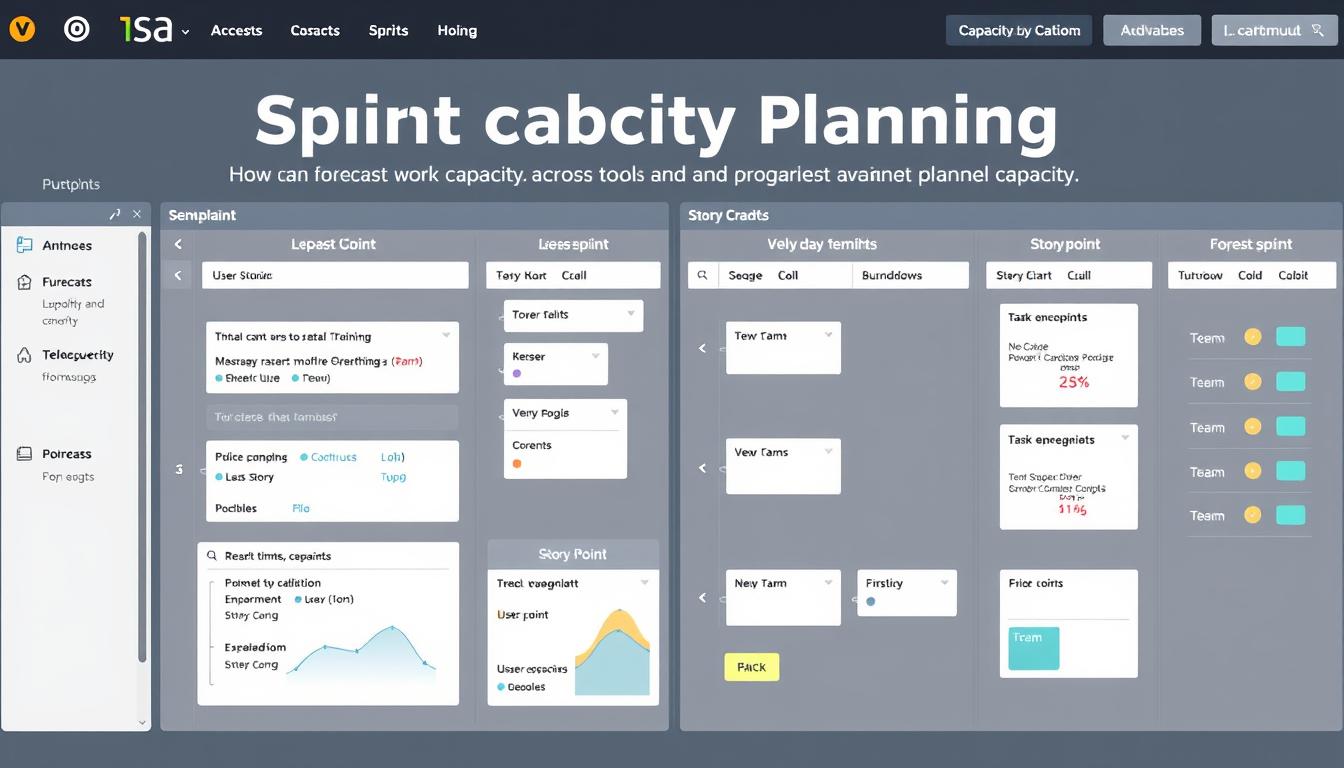
Resource loading charts visualize how team members are allocated across different tasks and time periods. This tool helps identify potential bottlenecks and ensures that outsourced resources are neither overallocated nor underutilized.
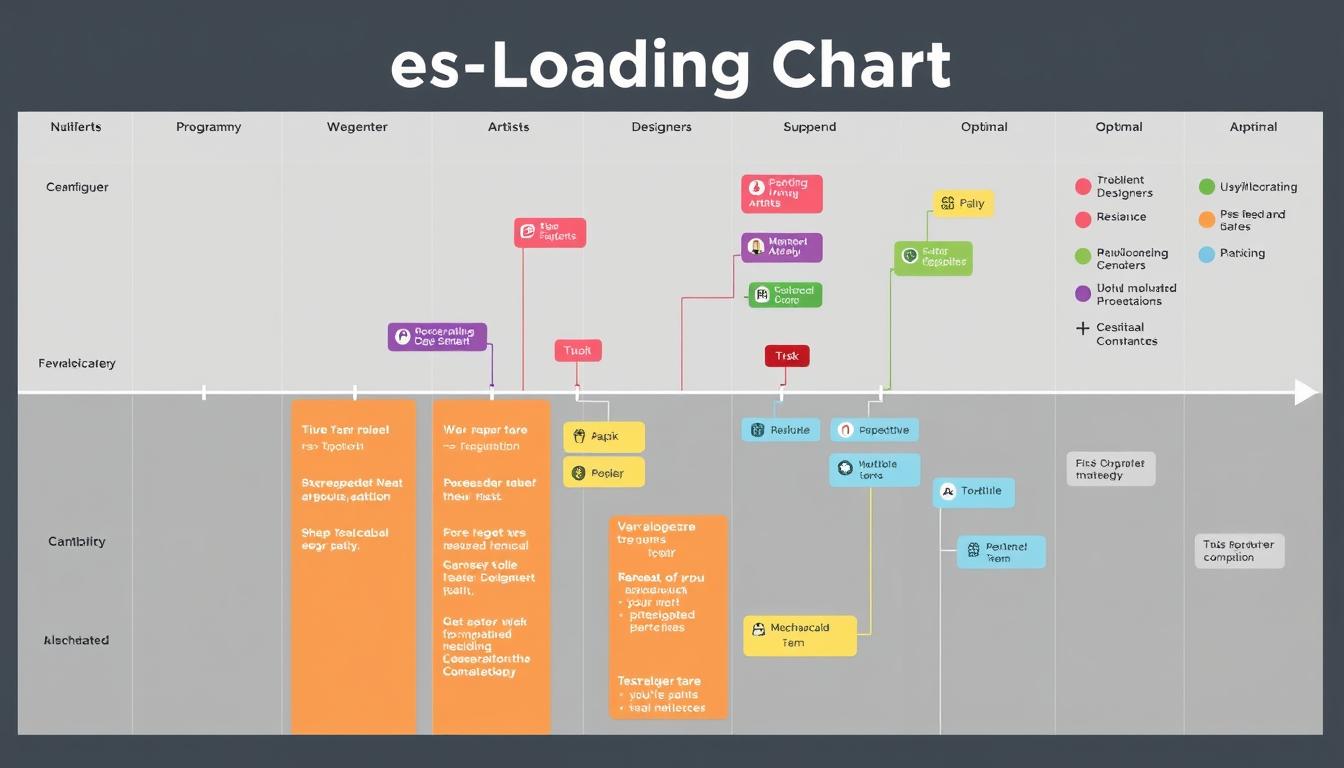
Understanding how budgets scale across different project sizes can provide valuable benchmarks for your own planning. Here are three real-world examples of outsourced game development budgets:
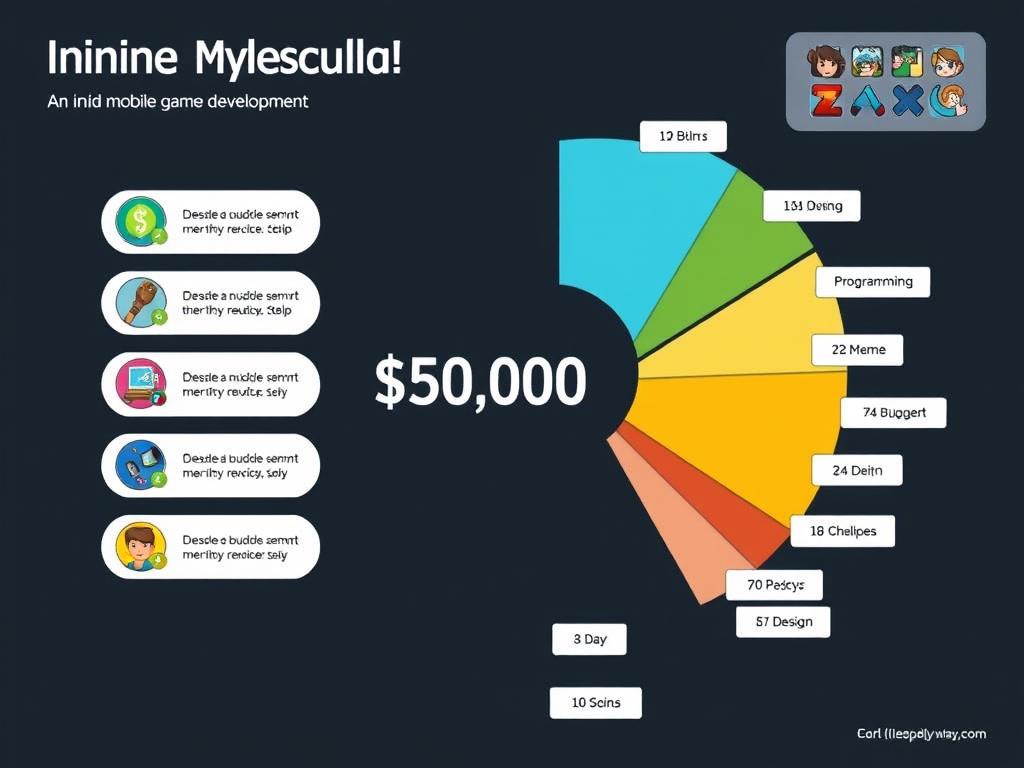
"For our mobile puzzle game, we focused 60% of our budget on core programming while keeping art costs manageable by using a minimalist style. This allowed us to maximize gameplay features while staying within our indie budget constraints."
- Indie Developer, Puzzle Quest Mobile
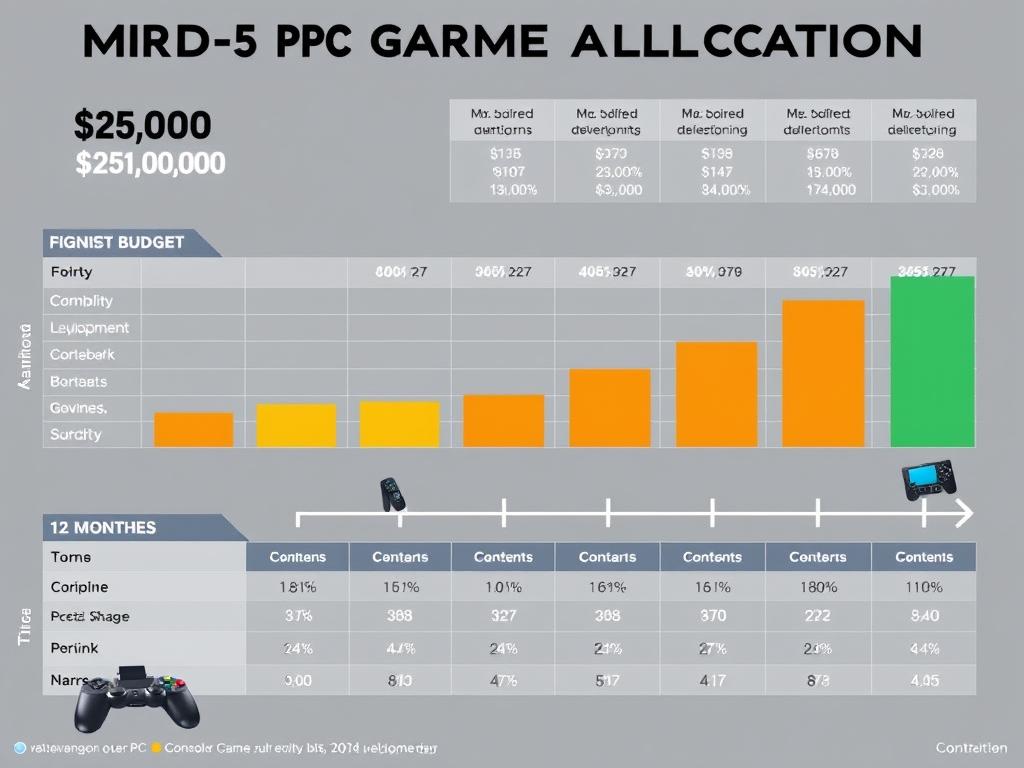
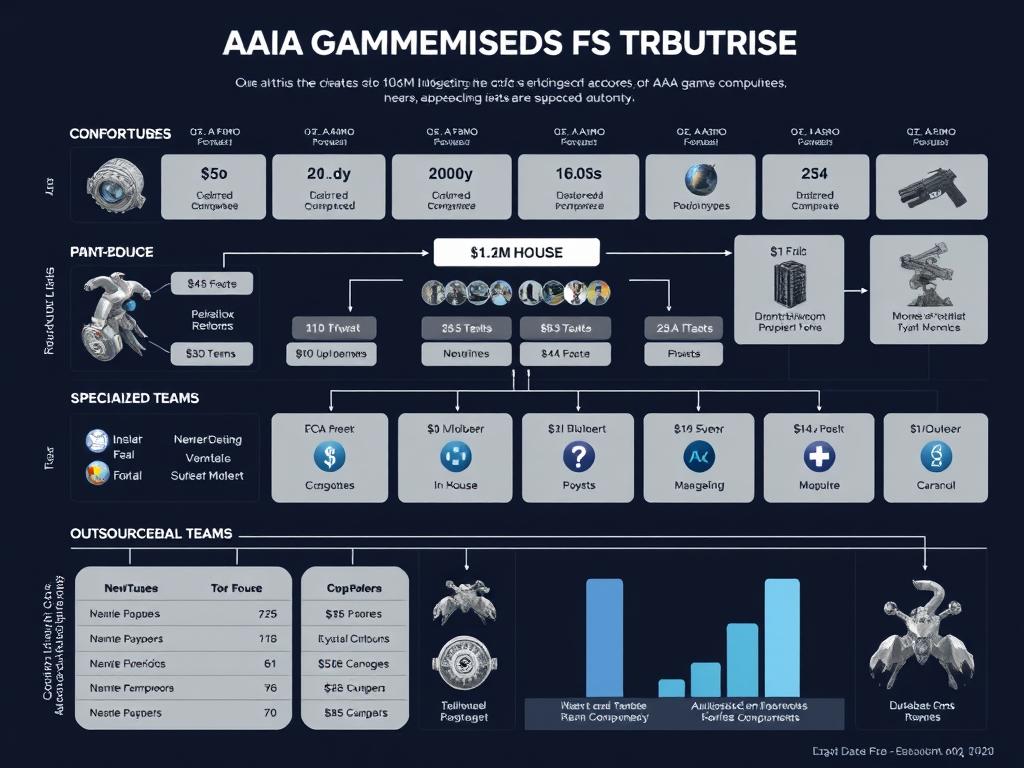
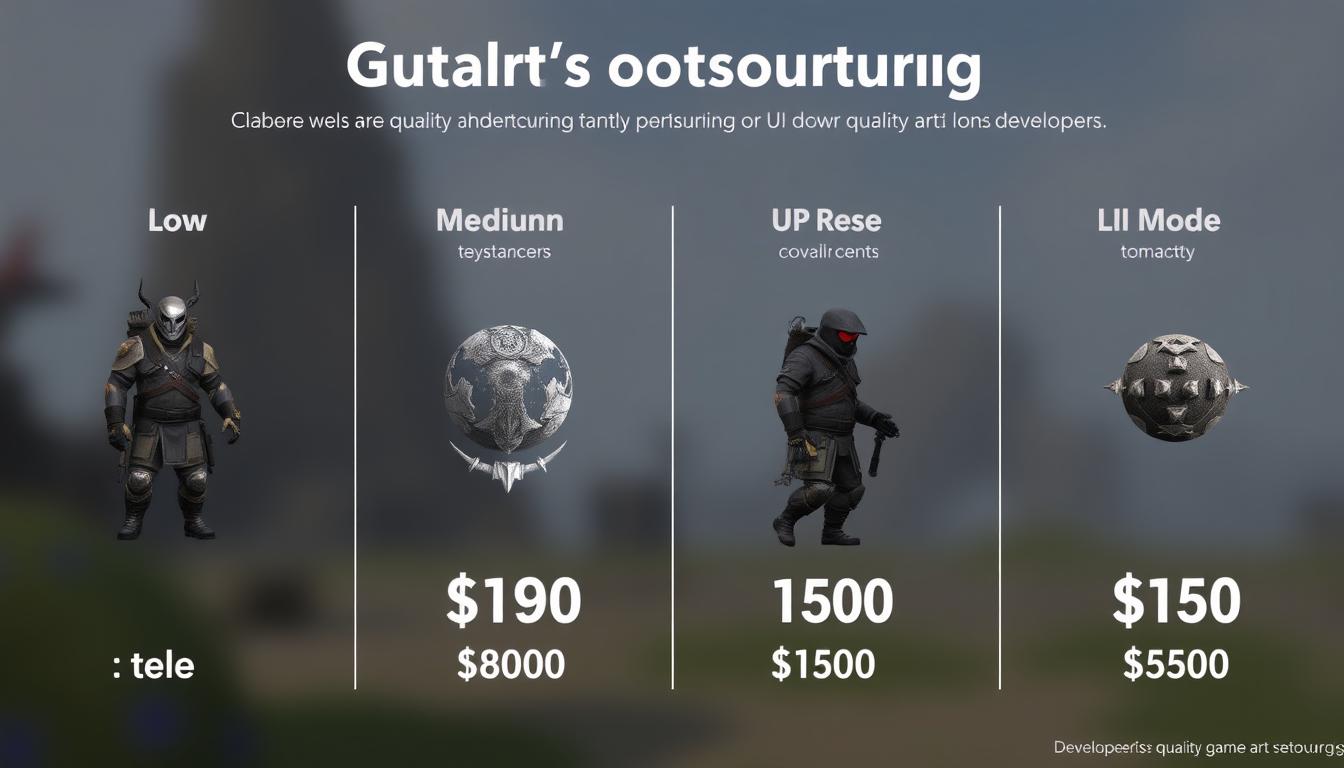
Art assets often represent a significant portion of outsourced game development budgets. Finding the right balance between quality and cost requires strategic decision-making and clear prioritization.
Different art quality tiers have varying impacts on your budget. Understanding these tiers helps you make informed decisions about where to invest your limited resources:
The key is to strategically allocate your premium art budget to high-visibility elements that directly impact player experience, while using economy or standard tier assets for less noticeable elements.
Strategic Art Budgeting Tip: Allocate 60-70% of your art budget to assets that players will see most frequently (main characters, primary environments, UI elements). The remaining 30-40% can be distributed among less frequently seen assets.

Even the most carefully planned budgets can face challenges. Understanding common pitfalls and having strategies to address them is essential for maintaining financial control throughout your project.

Effective budget planning for outsourced game development requires a combination of careful upfront planning, ongoing monitoring, and strategic flexibility. By implementing the frameworks and strategies outlined in this guide, you can create a financial foundation that supports your creative vision while maintaining fiscal responsibility.
Remember that the most successful outsourced projects balance structure with adaptability. Your budget should provide clear guidelines and constraints while allowing room for the inevitable adjustments that game development requires. Regular reviews, transparent communication with outsourcing partners, and proactive risk management are the keys to staying on budget throughout your project lifecycle.
Our game development financial experts can help you create a customized budget plan tailored to your specific project needs and constraints.